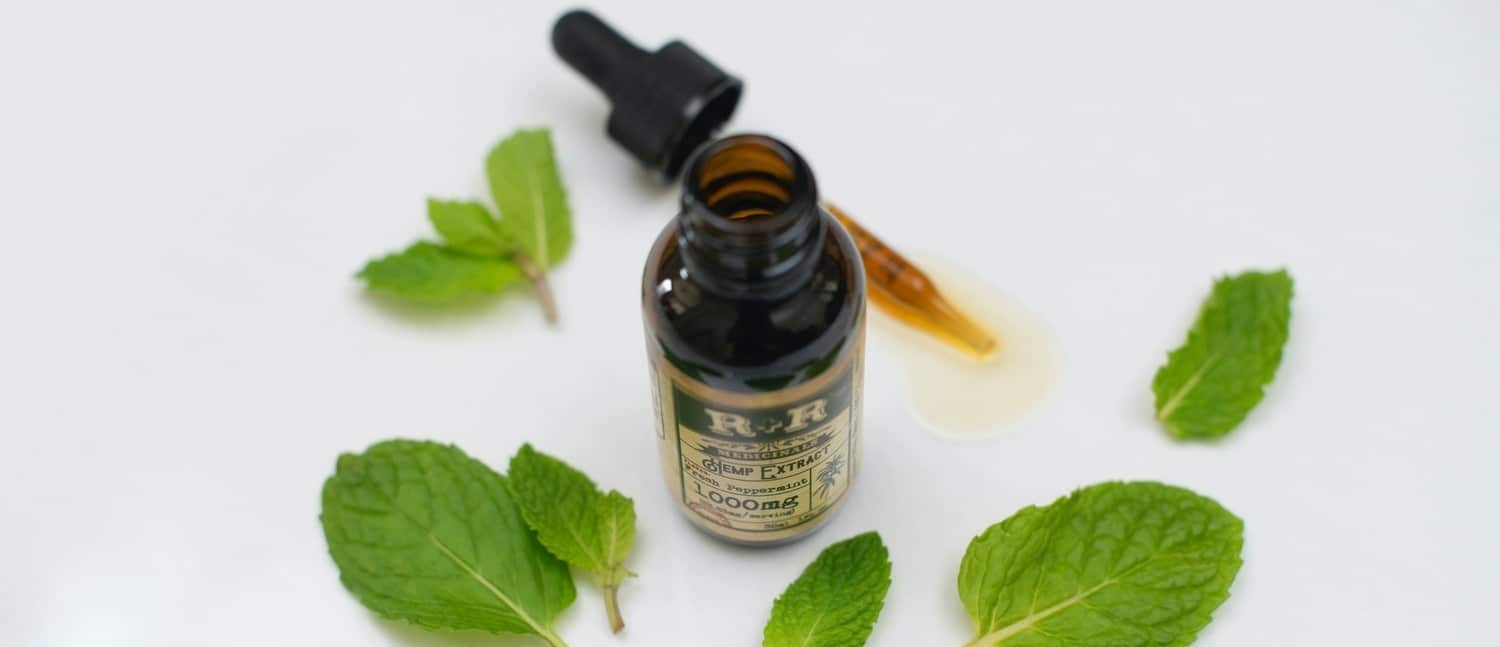Exploring the classification of cosmetics in Europe is crucial for manufacturers and brand owners looking to enter the European market. A key question they face is whether their product fits the definition of a “cosmetic product” under the EU Cosmetics Regulation 1223/2009. Understanding this cosmetics classification from the outset is vital. The EU Cosmetics Regulation 1223/2009 provides a clear definition of what constitutes a cosmetic product (https://eur-lex.europa.eu/legal-content/EN/TXT/PDF/?uri=CELEX:02009R1223-20221006&from=IT). This is the first step in determining how a product, ranging from nail glue to sunscreens, will be regulated in the EU.
‘cosmetic product’ means any substance or mixture intended to be placed in contact with the external parts of the human body (epidermis, hair system, nails, lips and external genital organs) or with the teeth and the mucous membranes of the oral cavity with a view exclusively or mainly to cleaning them, perfuming them, changing their appearance, protecting them, keeping them in good condition or correcting body odours;
A classification is often obtained after having made a case-by-case analysis, taking into account not only the definition of cosmetic product but also the following:
- The main function (must be cosmetic).
- The claims declared on the labelling.
- The mode of application.
- The presentation.
All these aspects play a very important role in the classification of the product and they are not always in line with the definition of a cosmetic product.
| Cosmetic | Not cosmetic (medicinal product, biocide, medical device) | |
| Mode of application | Topical | InjectableIngestionInhalationTopical |
| Main function and Claims | CleaningPerfumingMoisturizingAntioxidantDeodorant | Anti-inflammatoryAntibacterialHair growth |
However, even taking the above into account, there are products for which it can be difficult to determine their classification correctly.
We will describe various types of products below and explain how they fall within the cosmetics classification in Europe.
What are essential oils?
Essential oils are characterised by the European Chemicals Agency (ECHA) as the volatile part of a natural product, which can be obtained through various processes like distillation, steam distillation, or expression (specifically for citrus fruits). These oils predominantly consist of volatile hydrocarbons and are extracted from different parts of plants. The term “essential” in this context signifies that the oil captures the distinctive scent, or essence, of the plant.
Are Essential Oils Classified as Cosmetic Products in the EU?
Essential oils can be incorporated as ingredients in cosmetic products, serving roles like active cosmetic ingredients or fragrances. Pure essential oils, however, are classified as cosmetic products in the EU only if their characteristics fully align with the definition of a cosmetic product. Below are examples that illustrate this classification.
| Pure essential oil product no.1 | |
| Claims and main function:Antioxidant – AllowedPerfuming – AllowedTonic – Allowed | Classification: COSMETIC |
| Mode of application:Topical – Allowed | |
| Pure essential oil product no.2 | |
| Claims and main function:Anti-inflammatory – Not allowed Pain relief – Not allowed Flu treatment – Not allowedAromatherapy – Not allowed | Classification: MEDICINAL PRODUCT (NOT COSMETIC) |
| Mode of application:Inhaled – Not allowed | |
Essential oils tend to contain considerable amounts of skin sensitising substances. Therefore, besides the Europe cosmetics classification, companies must consider the restrictions and limits of use established by the EU Cosmetics Regulation 1223/2009 and by the International Fragrance Association (IFRA) (https://ifrafragrance.org/). Also, companies must know about the amount of Allergens present in the essential oil and provide an Allergen certificate.
Pain Relief Massage Oils:
Are pain relief massage oils classified as cosmetic products in the EU?
Pain relief massage oils are not classified as cosmetic products. Pain relief is a therapeutic function and is not included in the definition of a cosmetic product.
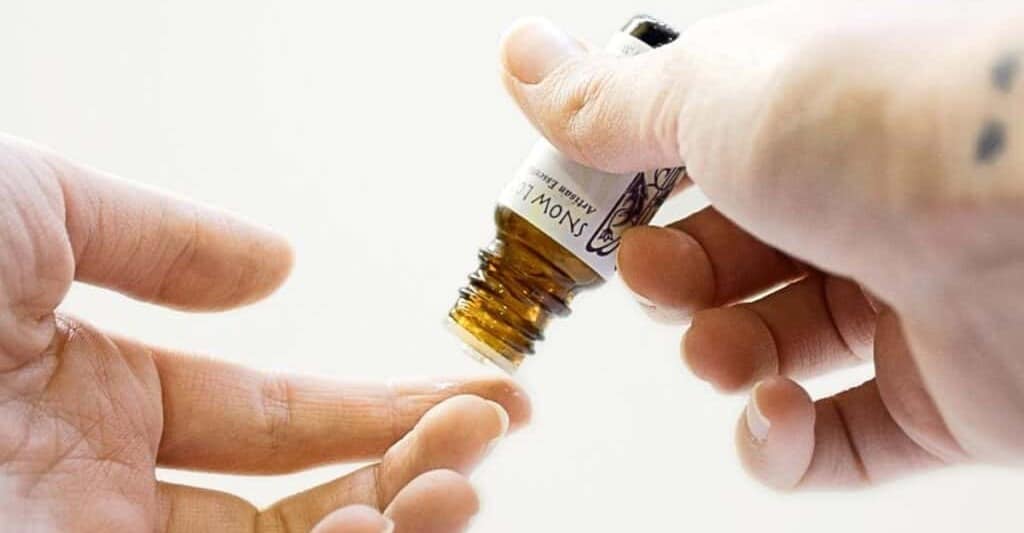
Sunscreens:
How are sunscreens classified under EU law?
According to EU law, sunscreens are classified as cosmetic products. Review our article on EU regulations for sunscreen products to get the full picture.
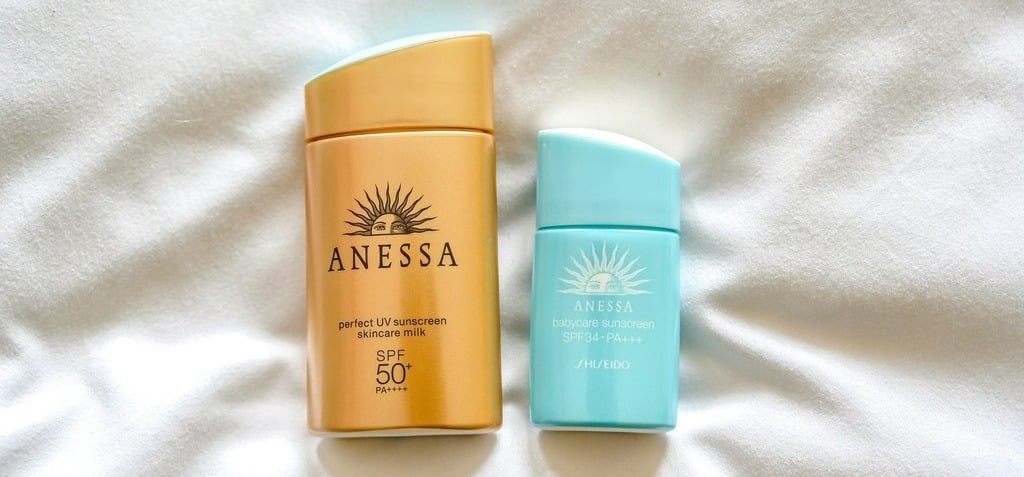
What are the EU regulations for sunscreens?
To market sunscreens in Europe, it is mandatory for them to pass efficacy tests, specifically for UVB and UVA protection, to ensure they meet minimum efficacy standards. The EU regulation also specifies certain types of claims that are authorised or not authorised for use on sunscreen products. For detailed information, the Commission Recommendation on the efficacy of sunscreen products and the claims related to them can be consulted.
Antimicrobial Products:
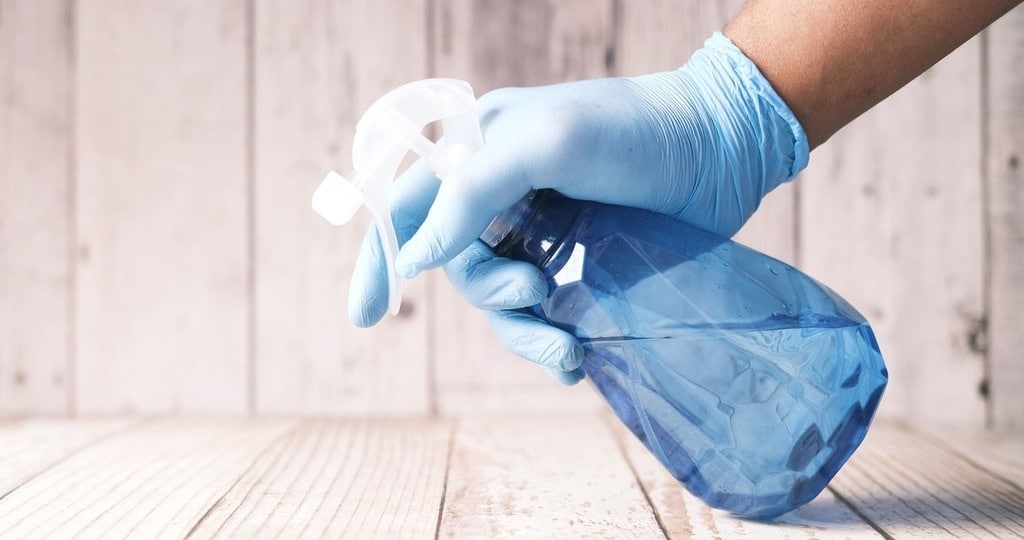
What is the current regulation regarding classification for antimicrobial products?
Under current regulations, products making antimicrobial claims are generally not classified as cosmetic products; instead, they fall under the category of biocidal products. However, there is an exception: if an antimicrobial product exclusively promotes claims typical of cosmetics, such as cleaning, perfuming, protecting, or correcting body odours, it may be considered a cosmetic product.
For products like mouthwashes and dental gels, they are permitted to carry a “secondary” antimicrobial claim, provided that their primary function is cosmetic in nature. This means that while these products can offer antimicrobial benefits, their main purpose should align with typical cosmetic functions.
Nail Glue and Lash Glue:
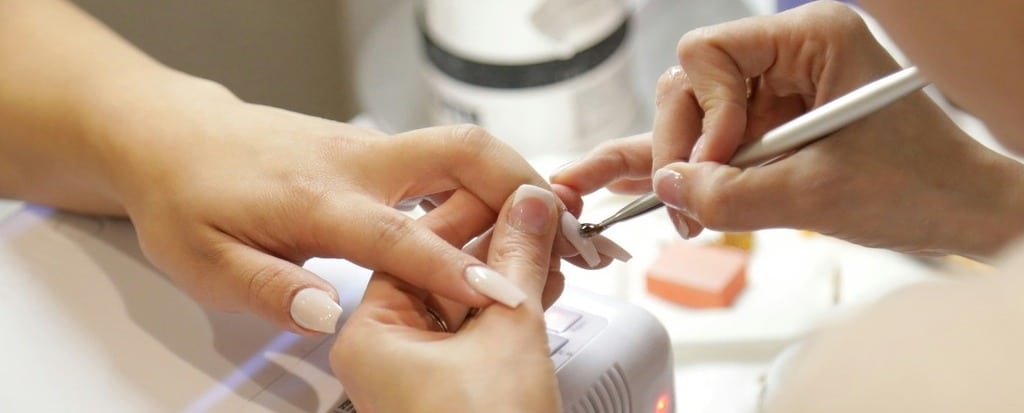
What is the cosmetics classification for nail glue and lash glue within the EU?
Currently, these products and their adhesive functions are not clearly detailed in the EU Cosmetics Regulation.
Several aspects of these products may suggest that they are cosmetic products, such as the fact that their final intention is to modify the appearance of nails and eyelashes and that they are applied to external parts of the human body. However, there is nothing official regarding its cosmetics classification.
For this reason, if you want to introduce this type of product to the European market, it is recommended to consult with each of the member states, since each of them could interpret the classification of these types of products differently.
Toothpaste:
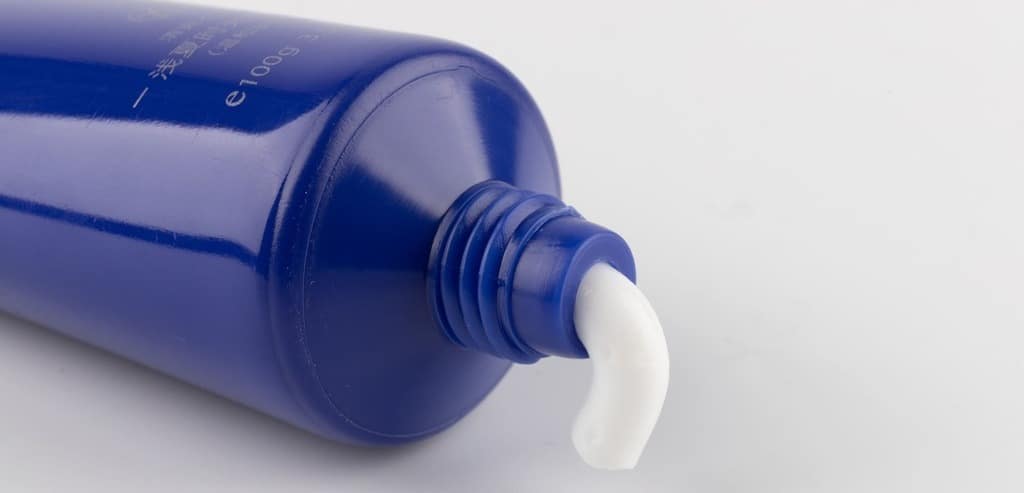
How is toothpaste classified under EU law?
In the European Union, toothpaste is classified as cosmetic product. However, Spain has a distinct classification system for toothpaste, categorising it as a Personal Care Product. Due to this unique classification, toothpaste must undergo a different process to be authorised for sale in Spain, compared to other EU member states.
Active Ingredients:

Can cosmetic products within the EU be allowed to contain active ingredients?
Cosmetic products within the EU can include active ingredients in their composition. The presence of active ingredients alone does not impact their classification as cosmetics in Europe. It’s important to assess each product individually to confirm that the active ingredients don’t have pharmacological, physiological, immunological, or metabolic effects, which could result in the product being classified as a medicinal product instead. Products claiming only cosmetic benefits with active ingredients can be classified as cosmetic products under the EU Cosmetics Regulation.
CBD:
Cannabidiol (CBD) is a phytocannabinoid obtained from many species of the Cannabis genus. CBD is known to have beneficial properties for the skin such as antioxidant, anti-sebum, and hydrating properties among others.
CBD products could contain Tetrahydrocannabinol (THC), the psychoactive phytocannabinoid present in the Cannabis plant.
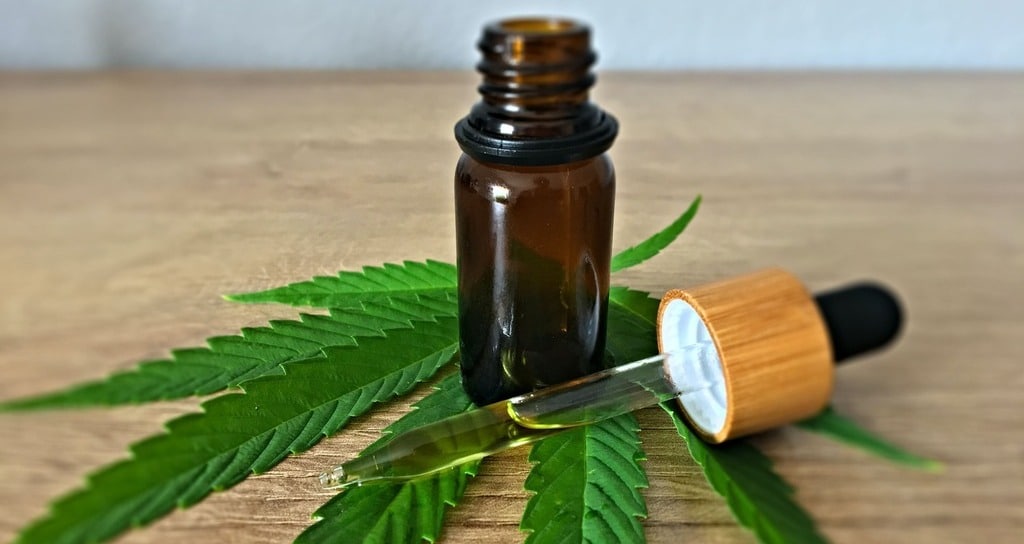
Are cosmetic products containing CBD allowed in the EU?
Cosmetic products containing CBD are permitted in the EU, provided they adhere to specific regulations regarding raw materials and finished products. A crucial aspect is the quantification and control of THC levels, which are only permissible as trace impurities. The acceptable limit for THC can differ across EU member states, so it’s important to consult the laws of each state to ensure compliance.
At Taobé we can help you classify your products correctly. If you are having difficulty classifying your products or have any questions about the classification of cosmetics in Europe, do not hesitate to contact us.
